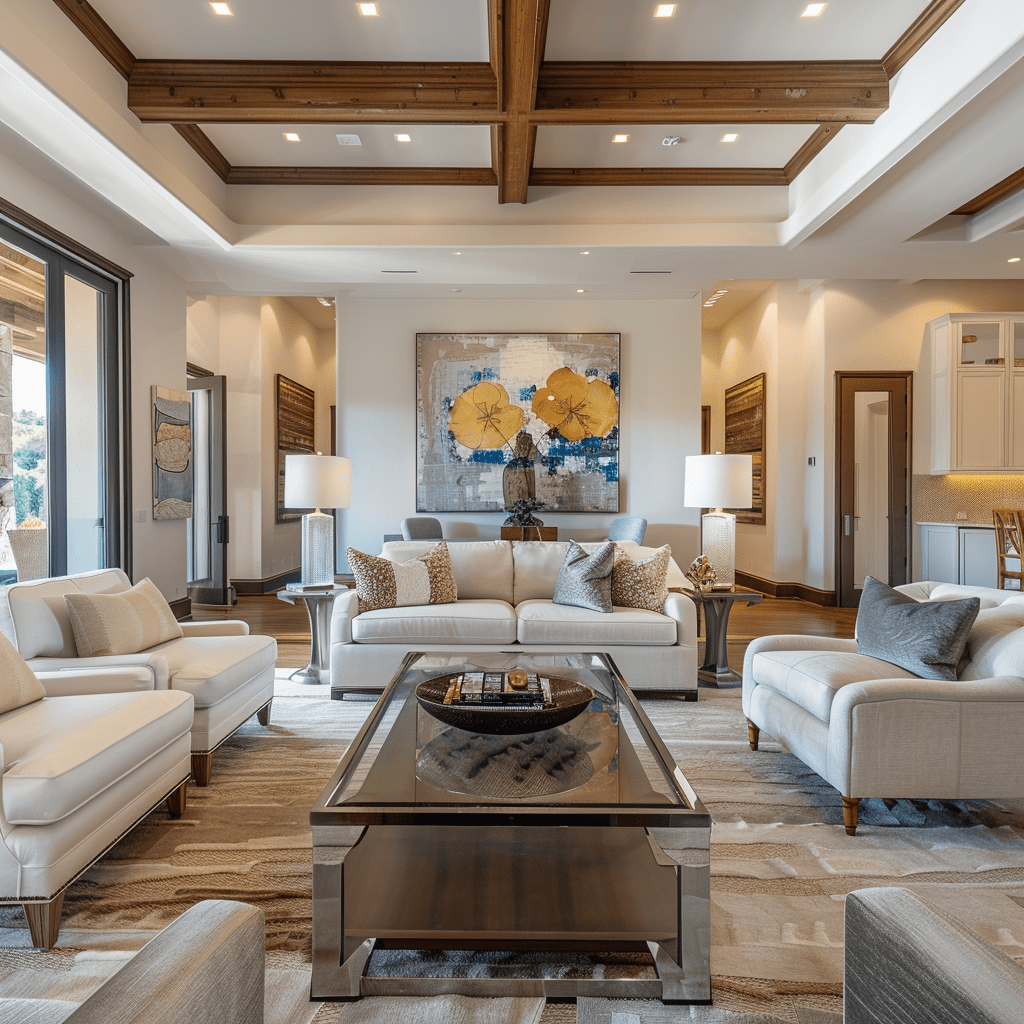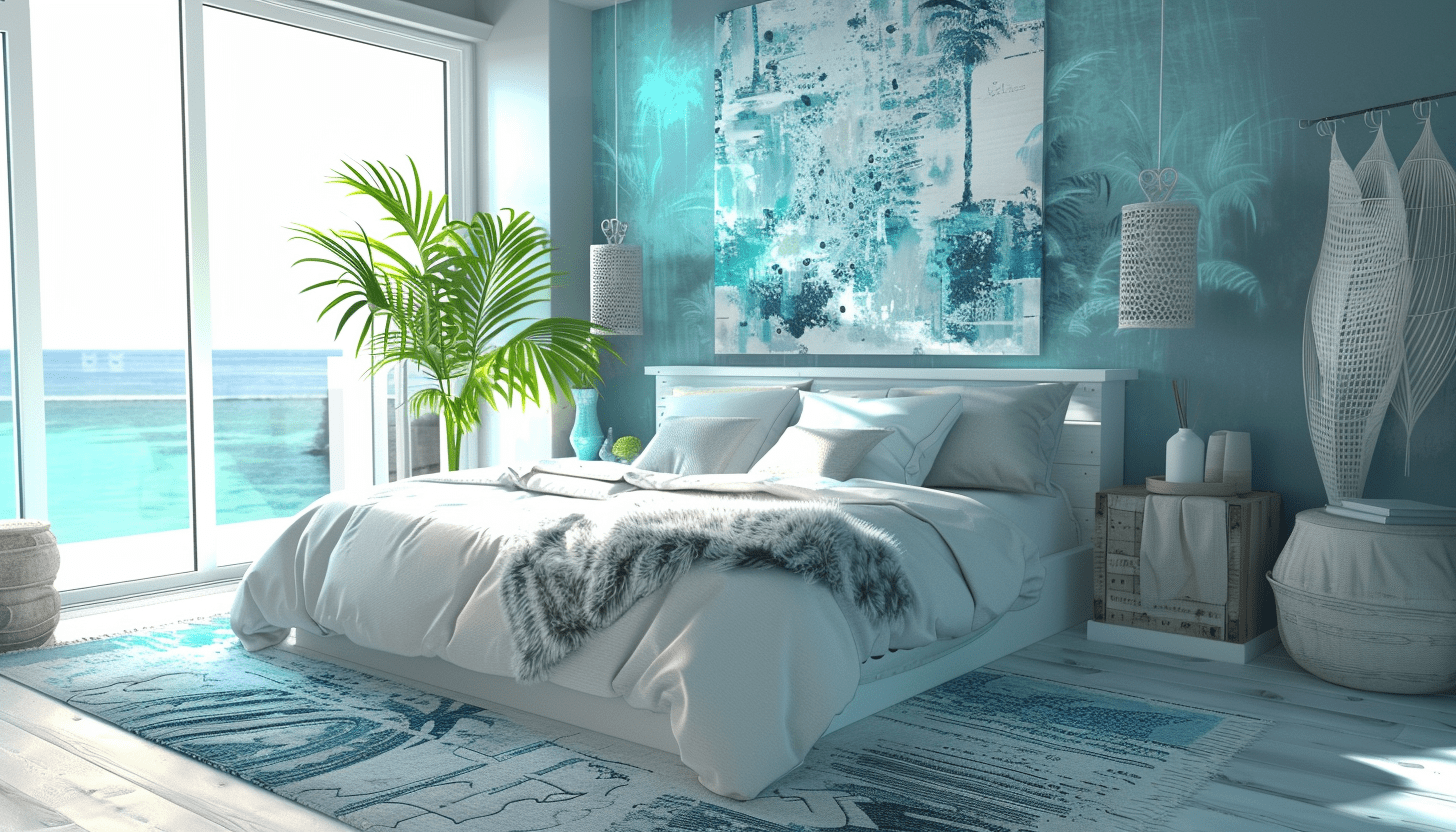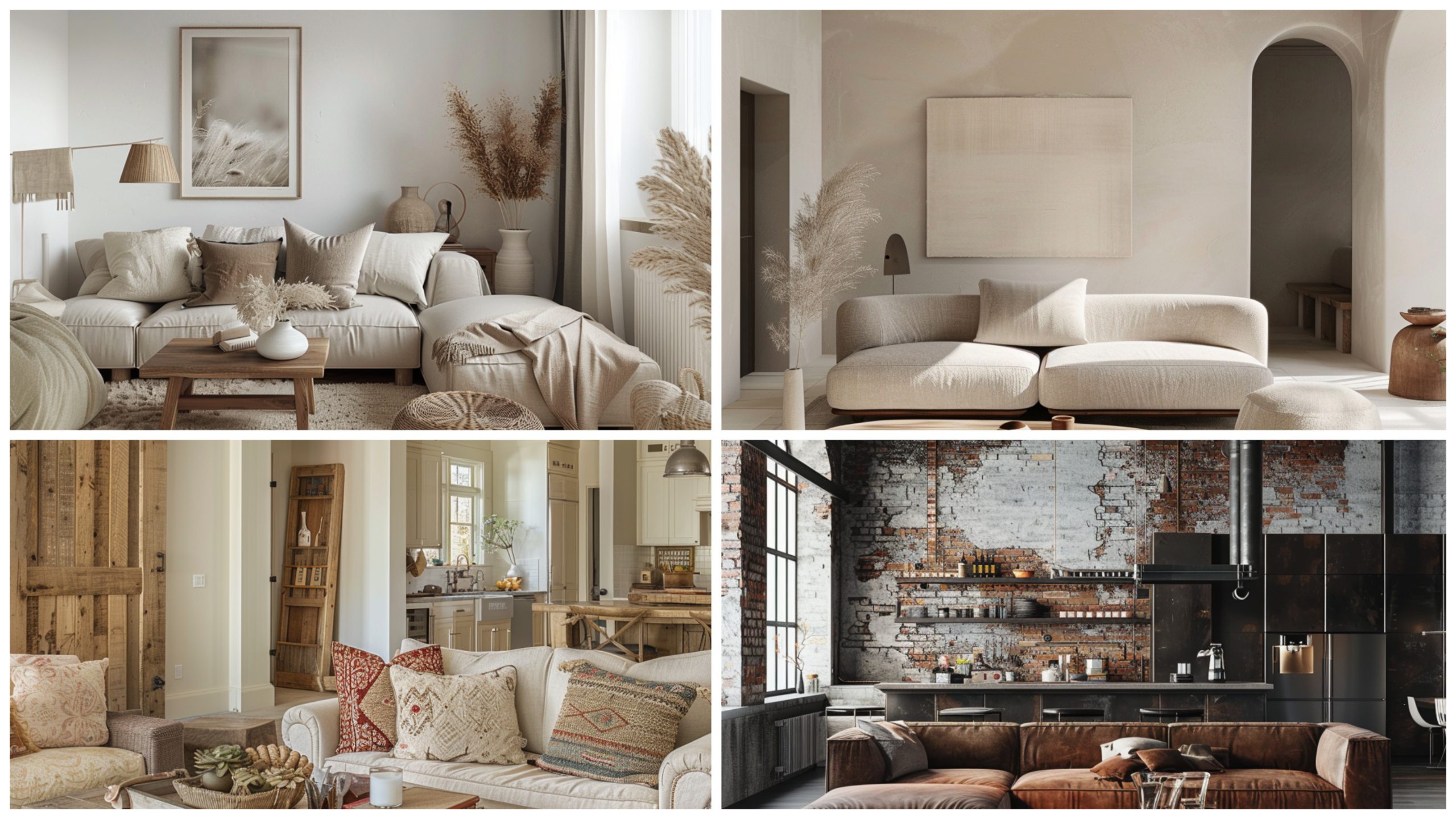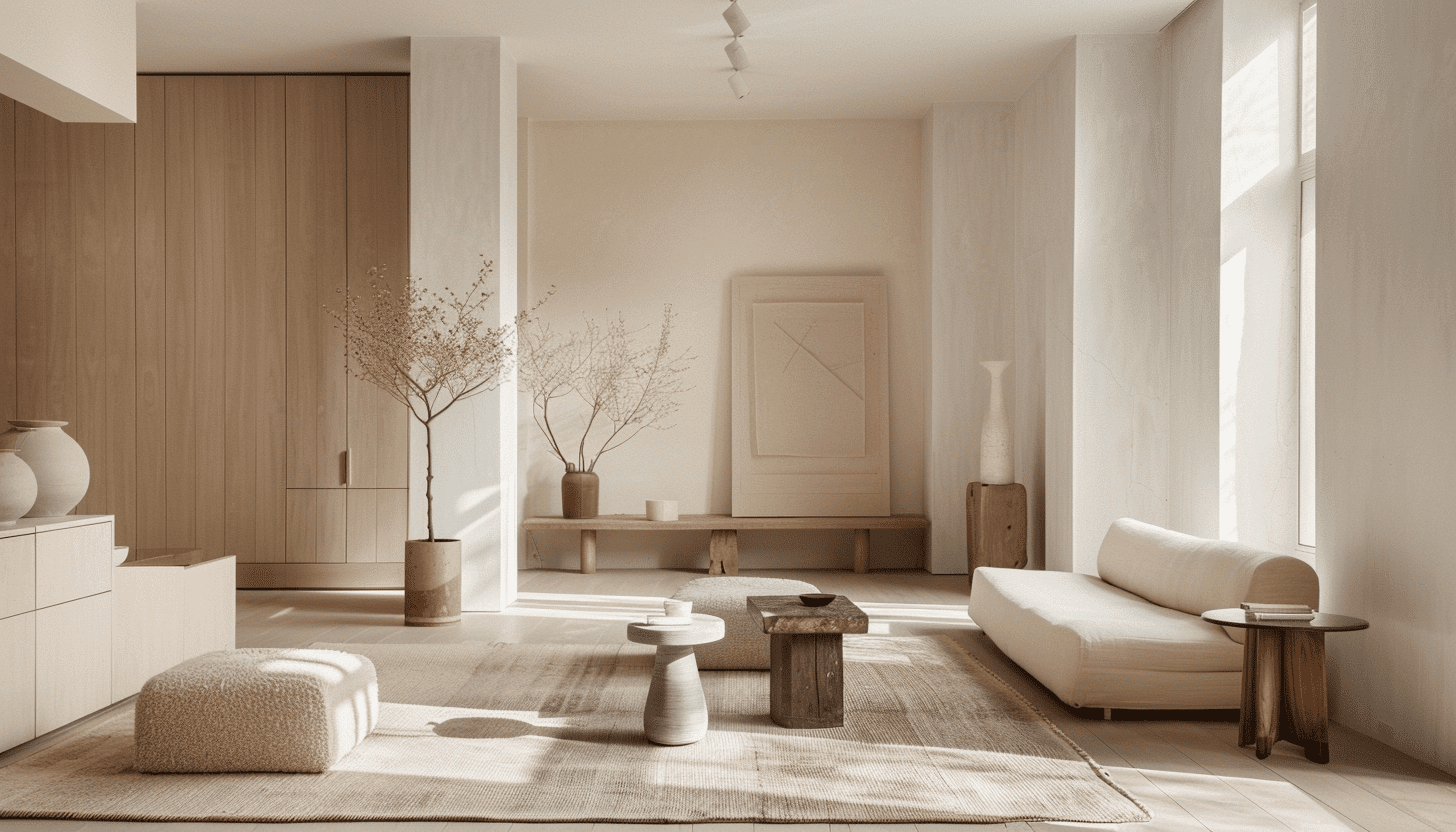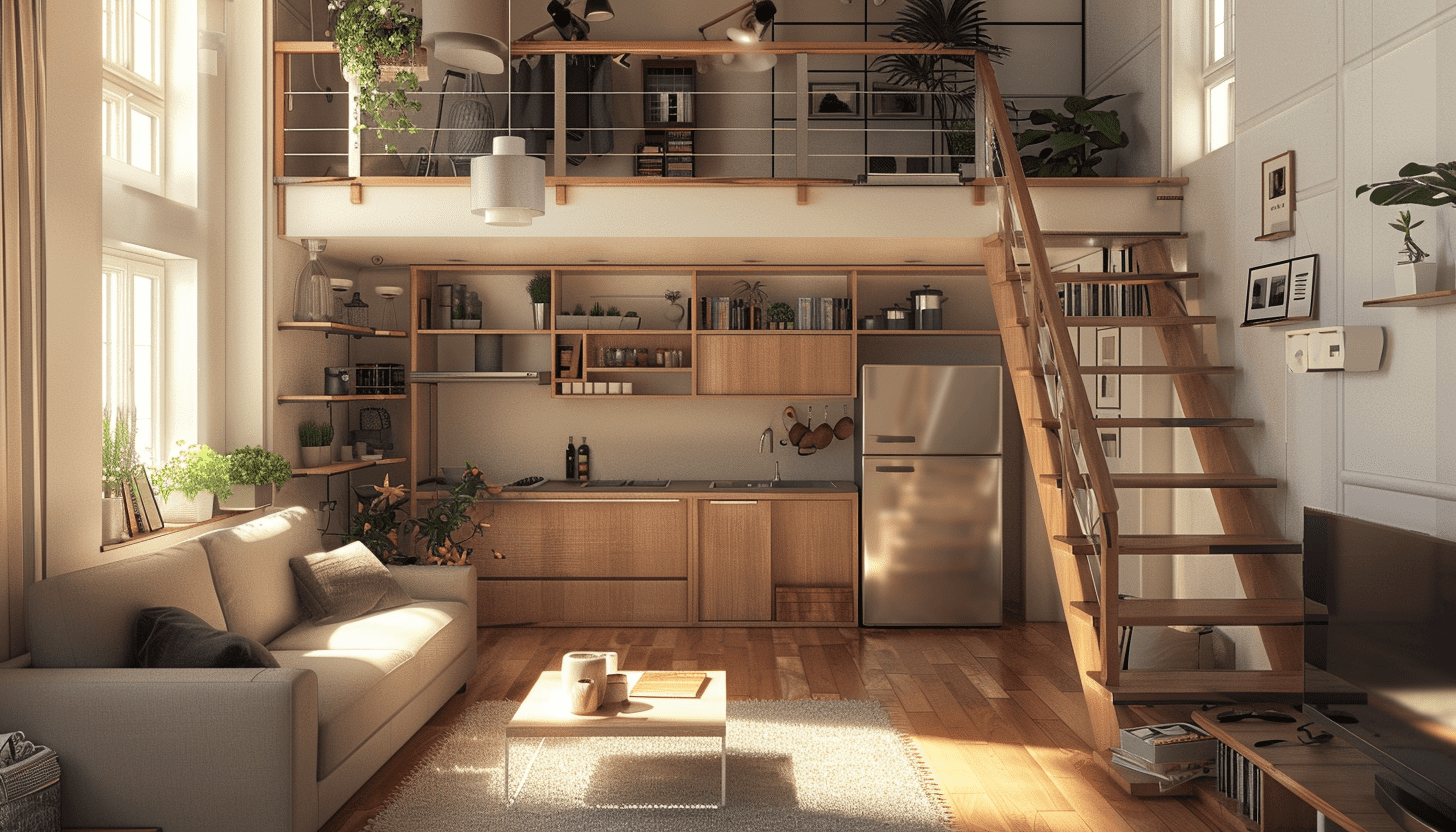Reimagining Your Space
The decision to redesign your home’s interior is not merely about changing its appearance—it’s about transforming your environment to enhance your everyday life. Whether you aim to increase your home’s value or wish to rejuvenate its ambiance, selecting the right design elements can dramatically influence both its functionality and aesthetic appeal.
The Emotional Impact of Interior Design
Interior design significantly affects our emotions and wellbeing. The colors and textures we choose can either soothe or stimulate us, contributing to a home that feels genuinely like a sanctuary. For instance, soft pastels can create a calming effect, while bold reds might energize a space. It’s not just colors; the furniture layout, lighting, and even the minor decor can deeply influence the mood of a room.
Enhancing Home Value Through Strategic Design
Well-thought-out interior design not only makes your space more enjoyable but also increases its market value. Key areas like kitchens and bathrooms can particularly benefit from upgrades. Modern, functional spaces with high aesthetic appeal are attractive to potential buyers and can significantly boost your property’s market value.
Sustainable and Eco-Friendly Design Choices
Incorporating sustainability into interior design is increasingly important as we become more aware of environmental impacts. Eco-friendly choices—such as using sustainable materials like bamboo or recycled metals, and opting for energy-efficient appliances—can lessen your ecological footprint while modernizing your space.
Technology and Innovation in Interior Design
Smart home technology integrates into modern living spaces, enhancing both functionality and security. Automated systems for lighting, heating, and security can not only make daily tasks simpler but also help in reducing energy consumption, marrying convenience with sustainability.
Exploring Cultural Influences in Design
Interior design is profoundly influenced by various cultures, each bringing unique elements to the table. Incorporating aspects of these diverse styles can enrich your living space’s aesthetic and emotional appeal. For instance, the minimalist tranquility of Japanese design or the vibrant colors and textures of Moroccan interiors can transform ordinary spaces into extraordinary ones.
Practical Tips for Choosing the Right Design Style
Selecting the right interior design style involves considering your lifestyle, preferences, and the architectural features of your home. It’s essential to assess how different styles will align with your daily activities and enhance the functionality of your space.
- Assess Your Needs and Preferences: Reflect on your daily activities, the atmosphere you want to create, and the level of maintenance you’re willing to undertake.
- Consider the Architecture of Your Home: The architectural style of your home can influence your interior design choices. For example, a Victorian home might lend itself well to more traditional decor, while a modern loft might be suited for industrial or contemporary designs.
- Plan for Flexibility: Consider how your needs might change over time and select designs that can evolve with your lifestyle. Modular furniture and neutral color schemes can offer flexibility and longevity.
Your Home, Your Masterpiece
In conclusion, interior design is much more than mere decoration. It’s about creating a personalized space that reflects your personality, meets your needs, and enhances your quality of life. Whether you’re drawn to the simplicity of Scandinavian design or the eclectic appeal of Bohemian rhapsody, your choice in design can transform your home into a haven of comfort and style.

